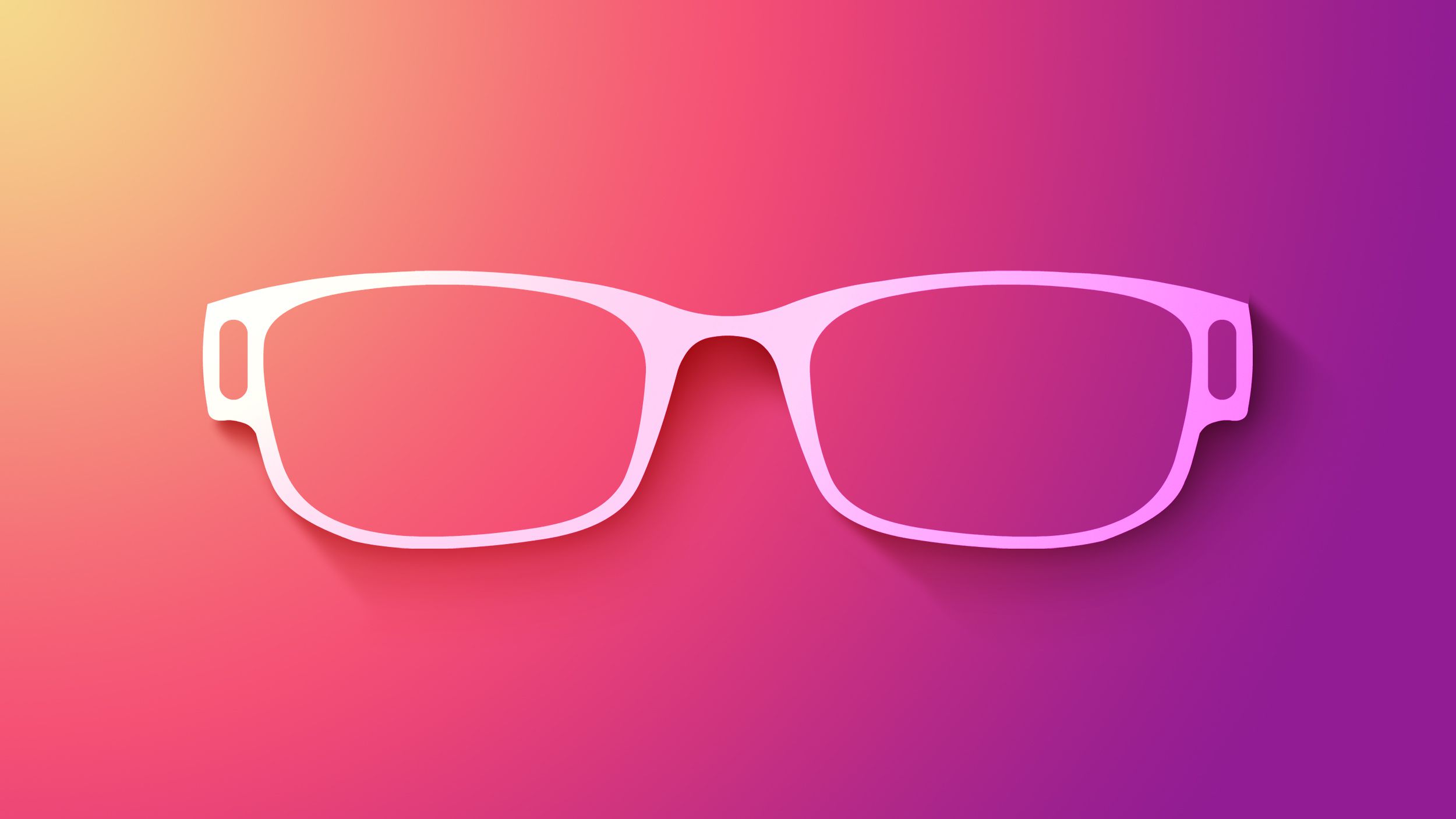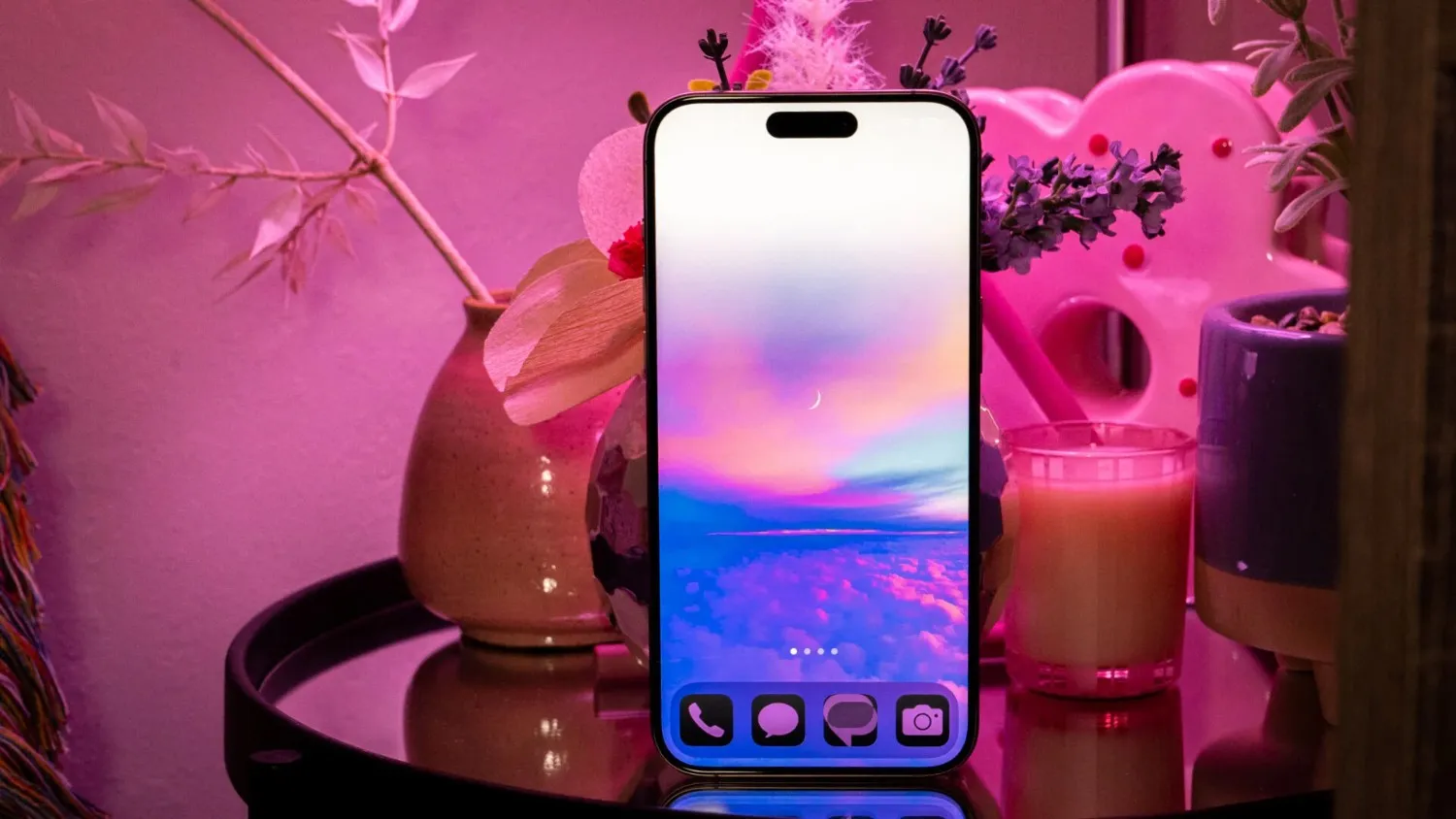With Mother’s Day coming up on May 11, Apple is rolling out some sweet Apple Pay deals to help you find the perfect gift. From now until May 11, you can save on flowers, jewelry, chocolates, and more at stores like 1-800-Flowers, Pandora, and Godiva. Just use Apple Pay at checkout to grab these discounts.
Plus, AT&T has a big offer: get up to $1,000 off an iPhone 16 Pro or Pro Max with a qualifying trade-in and unlimited plan. They’re also throwing in a deal where you can buy two Apple Watches and save $300 if you add a new line. Check out these offers to make Mom’s day special!
Meanwhile, Epic Games is shaking things up for iOS developers in the EU. They’re launching a program to cover Apple’s fees for developers who sell apps through the Epic Games Store. This move, led by CEO Tim Sweeney, aims to make it easier for developers to offer their apps without worrying about extra costs.
Epic is also working on bringing Fortnite back to the U.S. App Store and has proposed a truce with Apple to smooth things over. These changes could give developers more freedom and bring more games to your iPhone. Both Apple’s Mother’s Day deals and Epic’s new plan show how companies are finding creative ways to connect with users and developers. Whether it’s saving on gifts or supporting app creators, something exciting is happening in the tech world.





